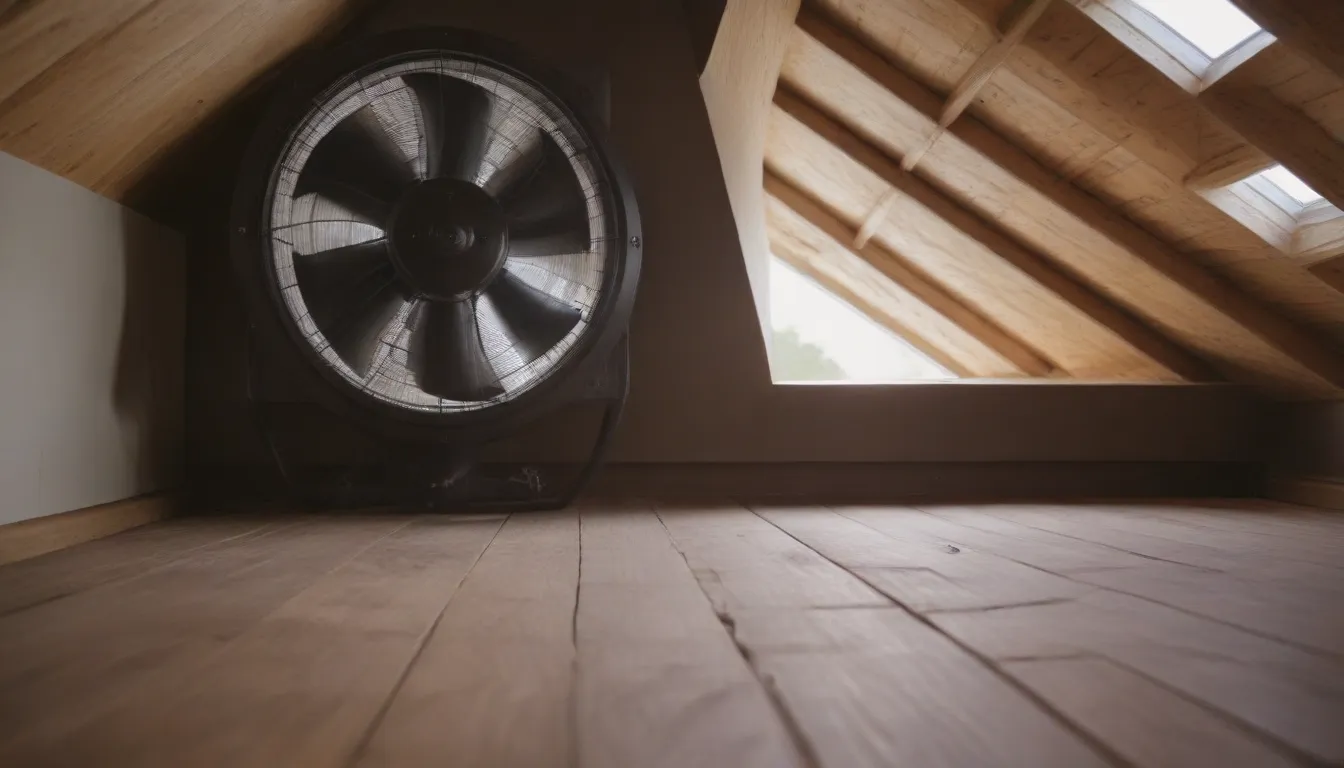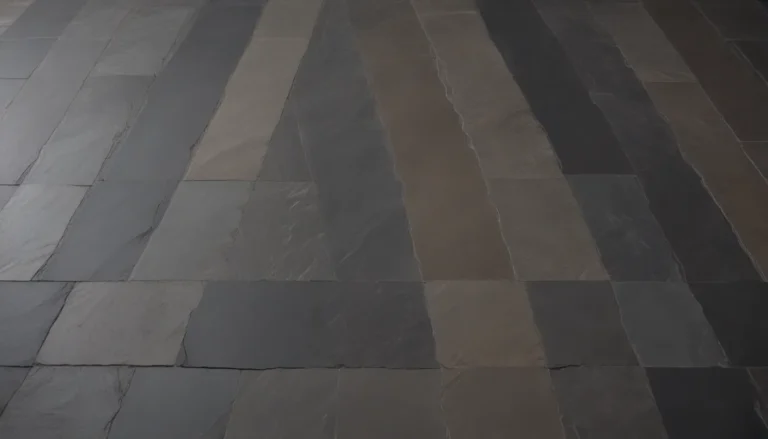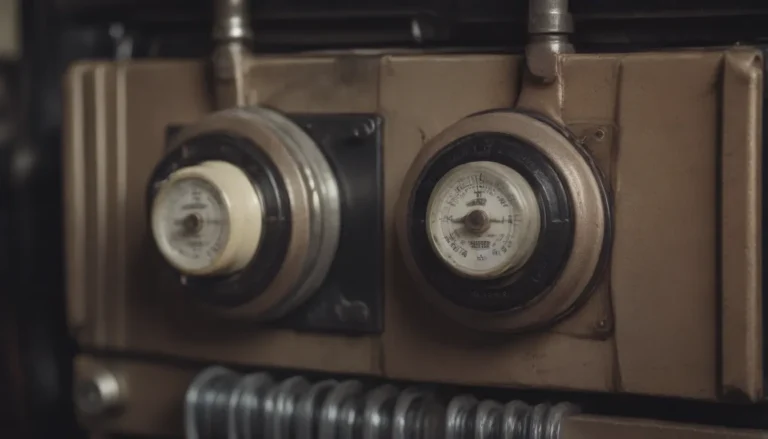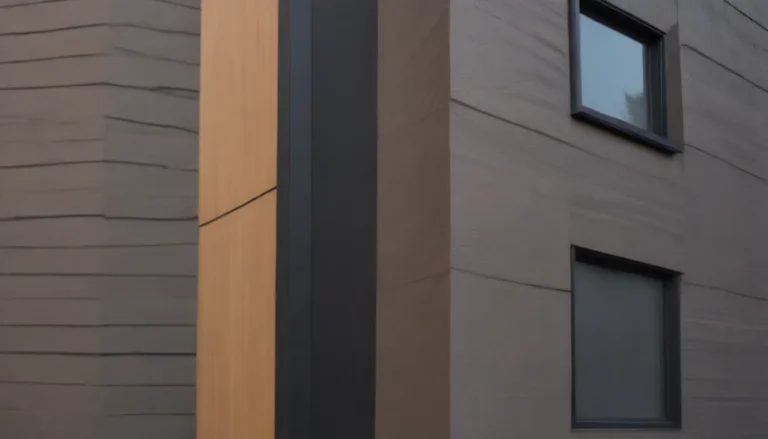The Ultimate Guide to Attic Fans: Benefits, Installation, and More

Are you considering installing an attic fan in your home but unsure if it’s the right choice for you? In this comprehensive guide, we will delve deep into the world of attic fans to help you make an informed decision. From understanding the pros and cons to comparing attic fans with whole-house fans, we’ve got you covered.
Why Attic Ventilation Is Important
Ensuring proper ventilation in your attic is crucial for maintaining your home’s comfort and health. Overheated attics can lead to issues such as mold growth, ice dams, and damaged shingles. By installing an attic fan, you can actively move air out of the attic, helping to prevent these problems and preserve your roof’s integrity.
Attic Fan vs. Whole-House Fan: Understanding the Differences
While attic fans and whole-house fans both serve the purpose of ventilating and cooling down a house, they address different areas. Here’s a breakdown of the key differences between the two:
-
Attic Fan:
- Electrically powered exhaust fan located on the roof or gable
- Expels hot air from the attic triggered by a thermostat
- Requires an air intake, usually located in the soffit or fascia areas
- Types: Gable Attic Fan, Roof Attic Fan, Solar Powered Fan
-
Whole-House Fan:
- Electrically powered fan that pulls fresh air through windows and sends it into the attic
- Central fan in the ceiling changes out the air in the house multiple times per hour
- Requires larger attic vents to accommodate increased airflow
Cooling and Venting Ability
-
Attic Fan:
- Effective attic insulation can reduce the need for an attic fan
- Helps cool down the living space by lowering attic temperature
- Prevents mold and mildew growth in the attic
-
Whole-House Fan:
- Can cool down the home as long as outdoor temperature is lower than indoor temperature
- Helps offset the usage of central air conditioning units
- Estimated to use 33% less power than a central air conditioner
Installation Process
-
Attic Fan:
- Easy installation behind existing gable vents if power source is available
- Powered roof vents require more complex installation
-
Whole-House Fan:
- Cutting into ceiling drywall and attaching damper box is the most challenging part
- Larger fans spanning multiple joists require additional bracing
Appearance and Sound
-
Attic Fan:
- Less visually obtrusive, especially if located behind a gable vent
- Sound levels are generally lower due to separation from living space
-
Whole-House Fan:
- Located in the ceiling with visible vent covering
- Sound levels may be higher due to proximity to living space
Ease of Operation and Cost
-
Attic Fan:
- Operates automatically based on thermostat settings
- Cost ranges from $75 to $400, depending on the type and brand
-
Whole-House Fan:
- Requires manual operation by the user
- Cost ranges from $200 to $1600, depending on capacity and features
Top Brands to Consider
- XYZ Attic Fans: Known for their reliability and energy efficiency
- ABC Whole-House Fans: Trusted for their high performance and durability
By understanding the benefits, installation process, and differences between attic and whole-house fans, you can make an informed decision on which option is best for your home. Whether you’re looking to improve ventilation, reduce energy bills, or prevent attic-related issues, an attic fan could be the solution you need.
In conclusion, an attic fan can be a valuable addition to your home, offering benefits such as improved ventilation, energy savings, and protection against attic-related issues. Consider the factors discussed in this guide to determine if an attic fan is the right choice for you.





